What Is A Simulated Diamond?
Apr 12, 2025
When you shop for jewellery, your head spins, seeing countless shiny gemstones. You don’t even know the names of every gemstone, right?
Then, choosing your engagement rings, regular jewellery, or other stuff becomes difficult. You might have to compare different gemstone options. Most users prefer diamonds as gemstones.
However, they also come across simulated diamond jewellery when they see different diamond options. What is a simulated diamond? Many people are unaware of this diamond and want proper details for a balanced shopping experience.
What Is A Simulated Diamond? Why Are People Interested In Them?
The following are the aspects for understanding what is simulated diamond.
Details About What Is A Simulated Diamond
A simulated diamond is a gemstone offering a similar physical appearance to natural diamonds. But having varying chemical composition and physical properties. Lab diamonds are not diamond simulants. They have similar chemical, physical, and visual properties as natural diamonds.
Unlike natural and lab diamonds, simulated diamonds are manufactured from different materials. These materials only mimic the look of diamonds. They are not diamonds.
Visit Pompeii3 to get diamond-simulant jewellery.
Substance Properties
Diamonds are made of carbon atoms in a cubic crystal structure. They are the most complex material on the Mohs scale. Lab-grown diamonds also contain similar composition properties. Diamond simulants like cubic zirconia and moissanite can break or chip easily.
Optical Features
Traditional diamond’s refractive index and brilliance are strong with better longevity. In contrast, diamond simulants have multiple types of refractive index. Diamond simulants can offer colours from nearly colourless to coloured shades. They have more brilliant sparkle attracting users who demand something more unique than traditional diamonds.
Types Of Simulated Diamonds
Diamond simulants are available in various kinds, each with a unique feature. It helps in understanding what is a simulated diamond. They are the following:
- Cubic zirconia.
- Moissanite.
- Glass.
- White sapphire.
- Topaz.
Simulated Diamonds VS Lab Diamonds
The following are the differences users must consider between traditional, lab diamonds, and diamond simulants.
- Traditional diamonds have been manufactured within the Earth’s mantle for many years and they have pure carbon composition. On the other hand, lab diamonds are formed in laboratories using HPHT and CVD methods and pure carbon. Then comes diamond simulants. They are man-made diamonds formed to mimic a diamond’s appearance. However, their composition is different.
- Their hardness levels also differ. Traditional and man-made diamonds weigh 10 on the Mohs scale. In contrast, diamond simulants have a low weight and score on the Mohs scale.
- Diamonds have an elegant sparkle which makes them unique. In contrast, diamond simulants have a sparkle and brilliance that is too intense and different from diamonds.
- Traditional diamonds have the greatest value and they are very expensive. Lab diamonds are less costly than natural diamonds. On the other hand, diamond simulants are completely affordable and budget-friendly for all users.
Users also want to know about the Pompeii brand.
Identification Methods
Understanding the following differences ensures users can decide on a specific gemstone option.
- Under magnification and proper visual inspection, simulants show properties different from those of natural and lab diamonds.
- You can use the professional services of a jeweller or gemologist to certify your diamonds and learn about diamond simulants.
Learn more about great plain jewelry.
Conclusion
To conclude, what is a simulated diamond? Not everyone can afford diamonds or simply want to use something other than traditional options. Diamond simulants offer several features that make them distinctive but also offer a diamond appearance.
Try out online jewelry stores to see unique options in diamond simulants.
 -
-  -
- 
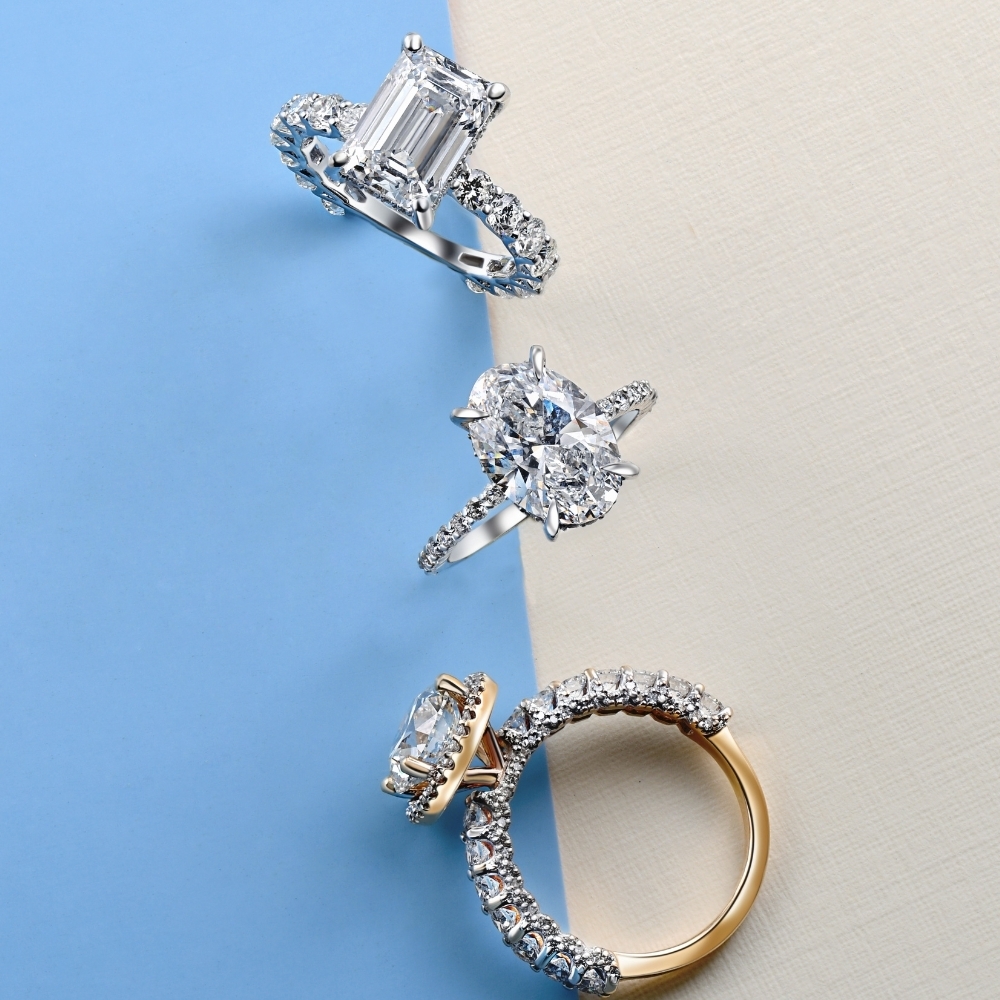 Engagement Rings
Engagement Rings
 Tungsten
Tungsten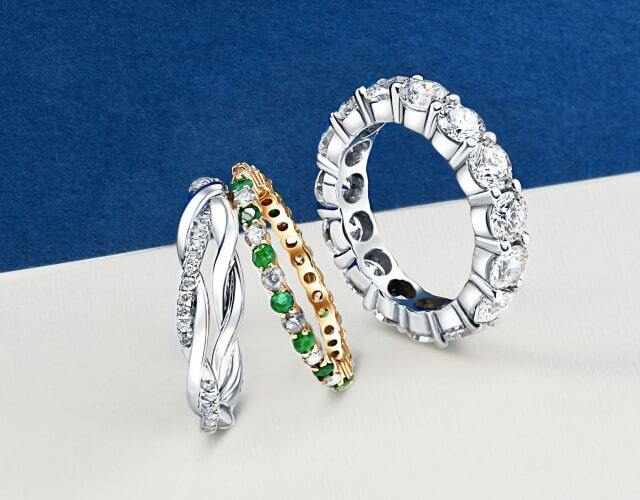 Wedding Rings
Wedding Rings
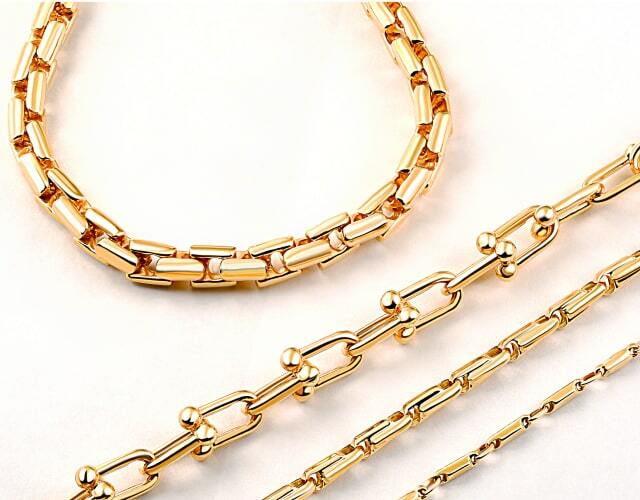 Fine Jewelry
Fine Jewelry
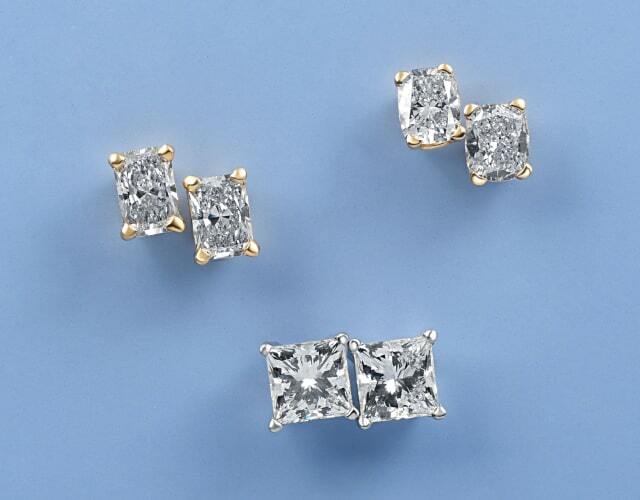 Diamond Studs
Diamond Studs
 Up To 80% Off
Up To 80% Off
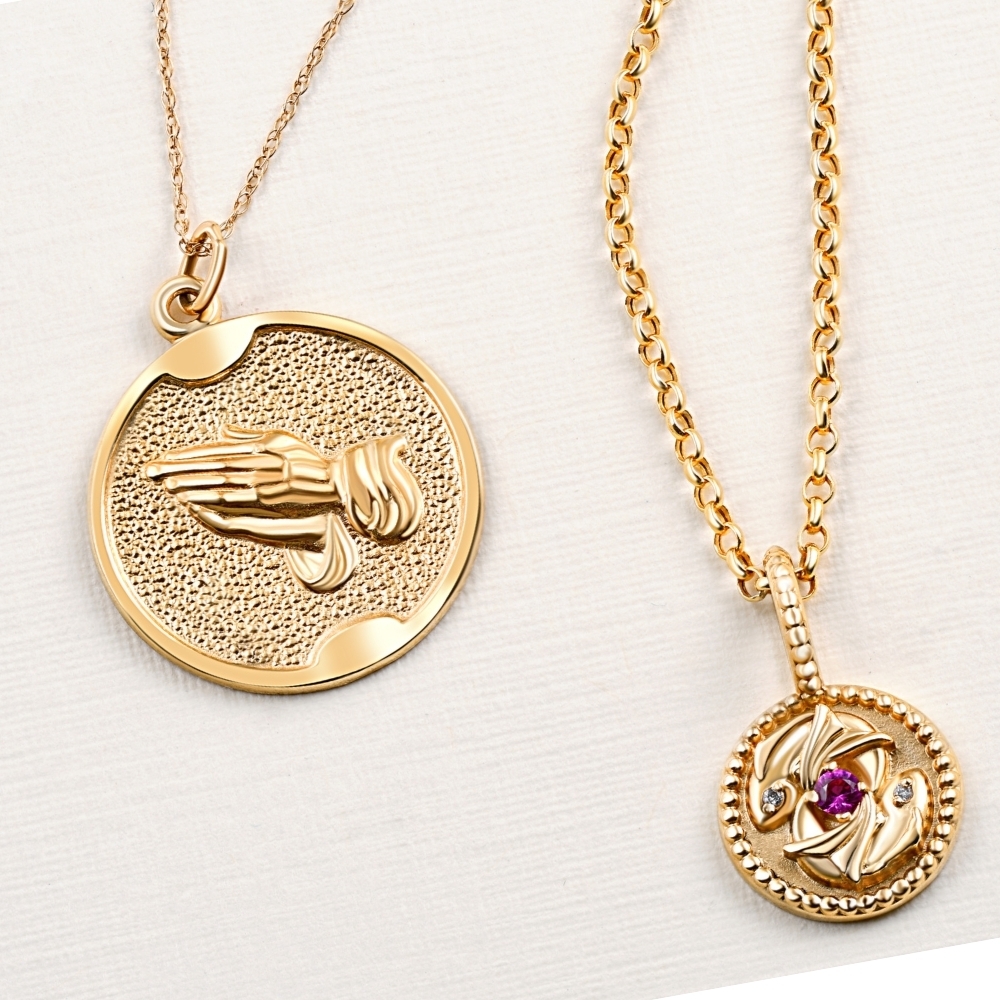 Find The Perfect Gift
Find The Perfect Gift
 White Gold
White Gold